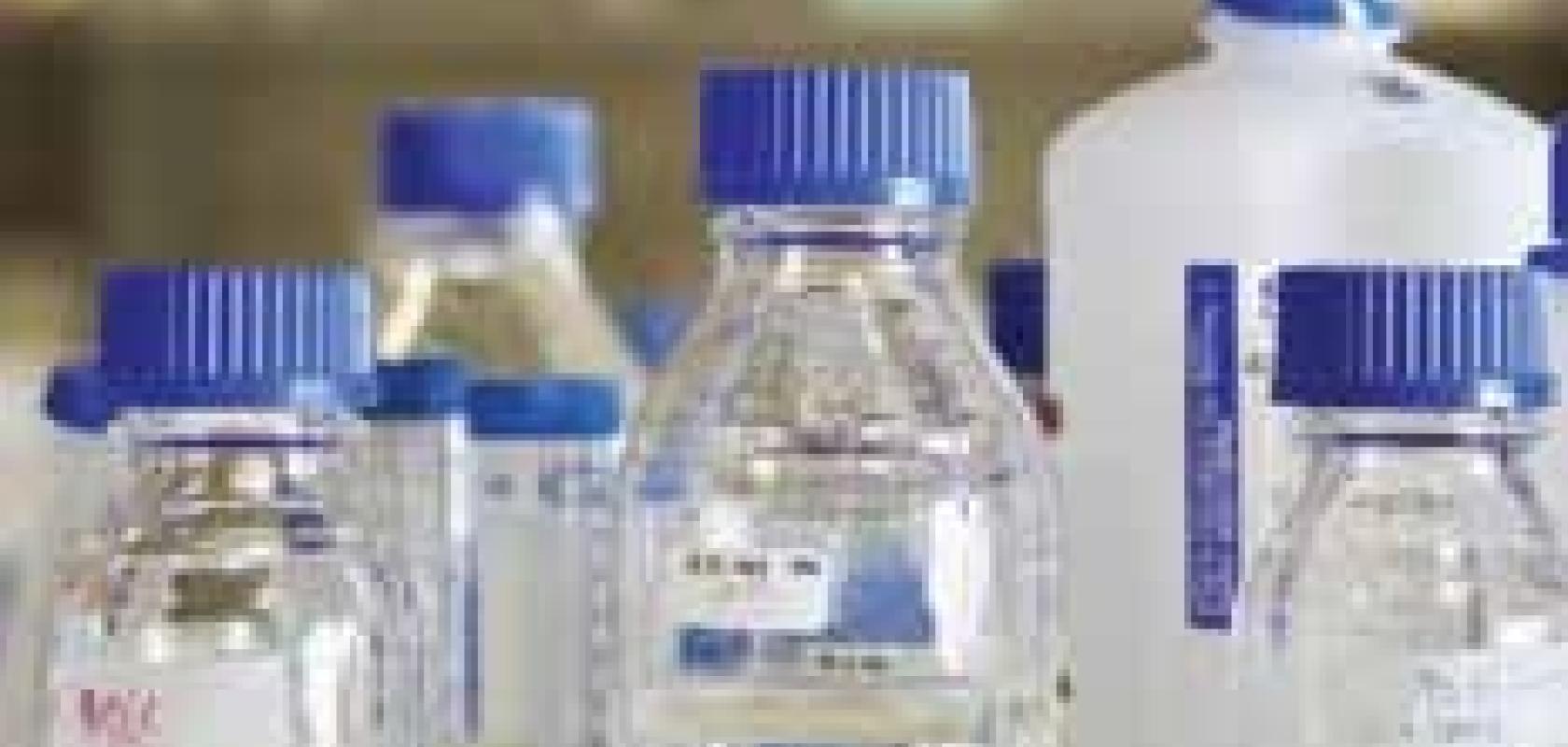GHS stands for Globally Harmonised System. This refers to material handling and, for those of us working with labels in our software, it tends to affect our ability to provide appropriate labels for our containers.
GHS labels
A GHS-compliant label includes information on hazards and precautions, as well as pictograms. Some material information is usually required as well, such as the name or product code of the material. These standards are meant to help standardise the safety and handling of materials that might come into our software and need to be put into a new container with a new label.
Where do we get the labels?
In some cases a sample is labelled elsewhere, and it is not our problem. It comes to the laboratory in a container that is already properly labelled, and it is used as-is. When the sample comes in a big vat and the laboratory needs to split it into laboratory-sized containers and then send it to another laboratory outside the facility (which large companies do tend to do), then several containers need to be labelled by our laboratory software.
However, not every laboratory software product that deals with containers – for example, a Laboratory Information Management System (LIMS) – provides features to create labels. Some of these systems rely on the user sending files or information to outside systems, often report-writing software or label-writing software. Most of these outside software packages are for general use, and are not meant for something as specific as GHS labelling. When software does include labelling functionality, it is often meant for rudimentary labels, which GHS labels are not.
Ink, languages, and other issues
A material can have multiple hazards assigned to it, as was true even with previous and simpler systems. However, there are more GHS hazard codes and precautions than could potentially fit on most label stocks, and the total number of characters possible is longer than in most previous systems. In the already-crowded labels many laboratories use, this poses an immediate issue. Some labels are already too small to display all this text, even without other information on them.
GHS labels are not actually ‘harmonised.’ While there is a global effort to standardise, different countries still appear to be using slightly different hazard lists. Thus, a large company with facilities in several countries might find that they need to refer to different lists, depending on the country shipping the container and the country receiving it. In fact, while reading the GHS sounds like a logic puzzle, there is still room for interpretation, which means that some companies might be more flexible with what they print than others.
These labels require pictograms to be printed with red ink. Most laboratories have standardised on printers that use only black ink. Changing to suitable and economical printers that print both in black and in red is not a simple matter. The alternatives are not straightforward, either. One involves using stickers for the pictograms. Once again, here is something additional to take up the limited space on the label.
The language issue is problematic. Some country regulations insist that at least certain information is printed in that country’s language. As a safety issue, the idea is that the people handling the materials should be warned in their own language. This is emphasised more with GHS than in previous hazard systems. While this makes sense from a safety standpoint, it means that the labels need to be reprinted with certain sections translated, so the system must have the functionality to ensure that the correct language is used in the right places.
Take up a pen
This might not sound that bad until you try to implement something like this in your system. It is usually a gargantuan effort, one that many companies tend to avoid.
Instead, save yourself the trouble. Find the person in the laboratory with the neatest, smallest handwriting and have them hand-write the labels, sticking on the pictograms by hand, as well. This is time-consuming, and it might not be a bad idea to hire someone whose sole job this is. In the long run, you will save money on printers, special ribbons, and especially on the massive implementation costs.
Gloria Metrick is the owner of GeoMetrick Enterprises, specialising in the implementation of Thermo Fisher Scientific’s SampleManager and the LabWare LIMS/ELN products. GeoMetrick Enterprises is the home of ‘Out on a LIMS: The Newsletter and Blog For People Who Risk Life and LIMS on a Daily Basis.’


